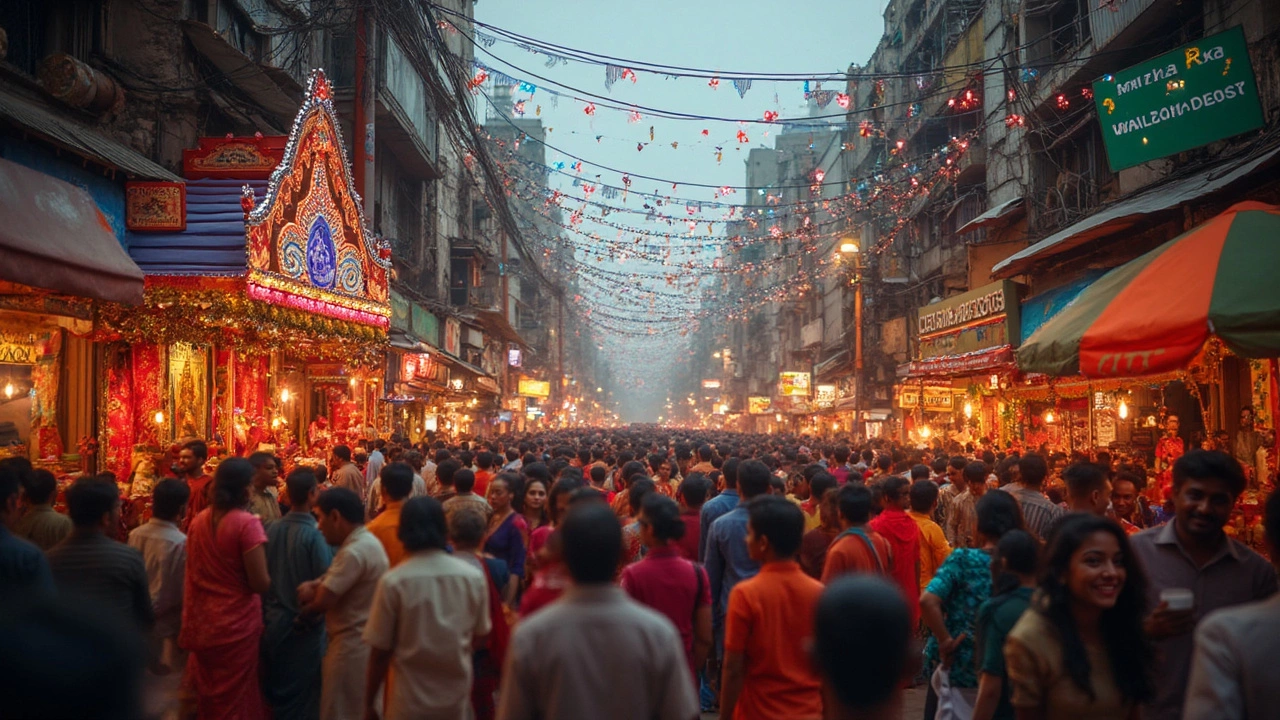Cultural Festival – Explore India’s Most Vibrant Celebrations
India is a land where every season brings a new reason to celebrate. Whether you’re a traveler, a student, or just curious, cultural festivals let you step right into the heart of Indian life. You’ll hear music, see bright costumes, taste unique foods, and meet locals who love to share stories. Below, we break down why these events matter and which ones you should put on your calendar.
Why Cultural Festivals Matter
First off, festivals are more than parties. They preserve traditions that have survived for centuries, from ancient folk music in Rajasthan to modern street food fairs in Gujarat. When you join a celebration, you’re witnessing history in motion. It’s also a chance to learn regional languages, etiquette, and the values people hold dear. For example, the Pushkar Camel Fair isn’t just about camels; it’s a market, a religious pilgrimage, and a showcase of Rajasthan’s crafts all rolled into one.
Another practical benefit is tourism. Cultural tourism drives local economies, supports artisans, and keeps villages thriving. By attending a festival, you’re directly helping the people who keep these customs alive. Plus, festivals often bundle multiple experiences—like dancing, cooking demos, and heritage walks—so you get a full‑day itinerary without extra planning.
Must‑Visit Festivals Across India
Pushkar Camel Fair (Rajasthan): Held every November, this fair draws millions for its camel races, folk performances, and vibrant bazaars. Arrive early to catch the sunrise prayer at the Brahma temple, then wander the stalls for hand‑woven textiles and spicy snacks.
Durga Puja (West Bengal): September‑October sees the streets lit with towering idols, rhythmic drums, and elaborate food stalls. Join a local family for a shared meal; the experience feels like being part of a big, noisy household.
Onam (Kerala): Celebrate in August‑September with boat races, floral carpets, and a feast called Sadya. If you stay near a river, you can watch the snake boats glide past—an unforgettable sight.
Gujarat Kite Festival (International Kite Festival): February skies burst with colorful kites. Bring a lightweight kite of your own, or just watch the pros twist their strings to out‑maneuver rivals.
Diwali (All over India): The Festival of Lights marks the triumph of good over evil. Light a diyas, enjoy sweets, and watch fireworks. Each region adds its own twist—sweets in the north, lamp‑lit homes in the south.
Practical tips: book accommodations a week in advance, wear comfortable shoes, and carry a bottle of water. Most festivals have free entry, but special events (camel races, kite competitions) may charge a small fee. Dress modestly, especially at religious sites, and respect local customs—no shoes inside temples, and always ask before taking photos of people.Finally, remember that festivals are fluid. Schedules can shift due to weather or local decisions, so keep an eye on official pages or ask locals for updates. With a little flexibility, you’ll walk away with stories, photos, and maybe a new favorite dish.
Ready to plan your next cultural adventure? Pick a festival that matches your interests, pack light, and dive in. You’ll discover why India’s festivals are more than celebrations—they’re living lessons in community, art, and joy.
